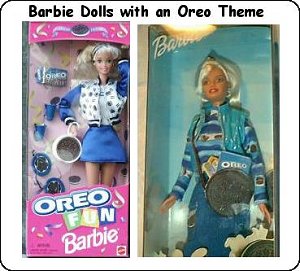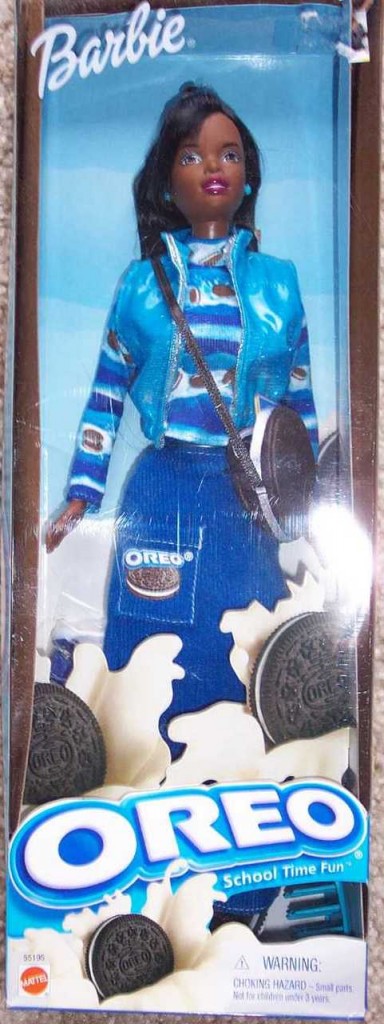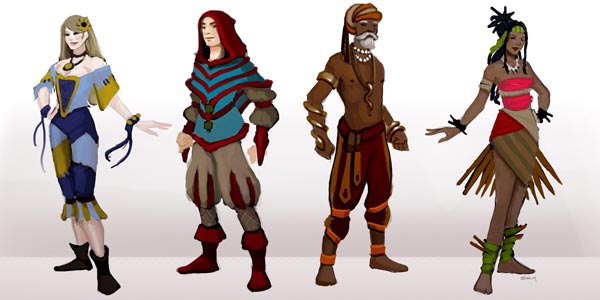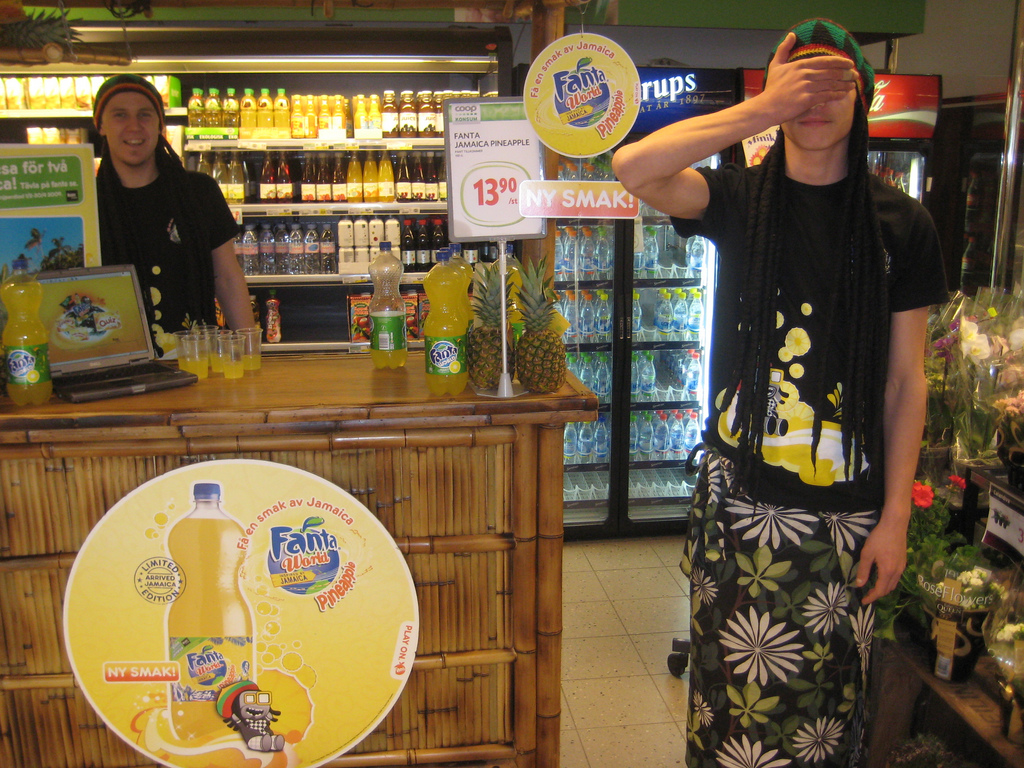Michaela N. alerted us to the Oreo Barbie. According to Monica Roberts at Transgriot, Mattel once marketed an Oreo-themed Barbie (image here):

The doll sold so well that Mattel decided to make a Black version (image here):

The Black version of the doll triggered protests. Monica explains it nicely:
…Oreo has another connotation in the Black community beyond just being a slammin’ cookie.
Calling someone an ‘Oreo’ is fighting words. It means that you are calling them Black on the outside and white on the inside. Translation, you call a Black person an Oreo, you are accusing them of being a sellout or an Uncle Tom to the race.
The doll was eventually recalled. (This was all about four years ago.)
Did Mattel intentionally produce a doll that embodied a well-known insult in the Black community? If they didn’t (and let’s just go with that theory), it means that no one at Mattel involved in the production of this doll had the cultural competence to notice the problem. This points to both (1) white privilege and the ease with which white people can be ignorant of non-white cultures and (2) a lack of diversity on the Mattel team. Less employee homogeneity might have saved Mattel both face and money in this instance. Diversity, then, is often good business.
For more on Barbie and racial politics, see this post inspired by Ann DuCille.
—————————
Lisa Wade is a professor of sociology at Occidental College. You can follow her on Twitter and Facebook.





